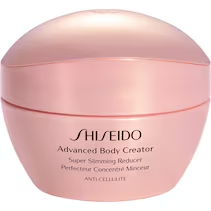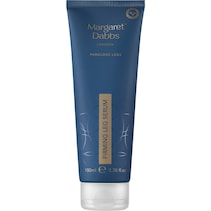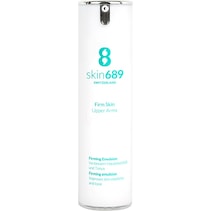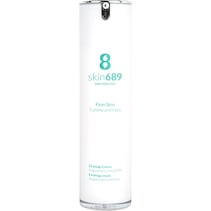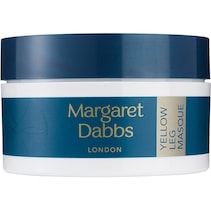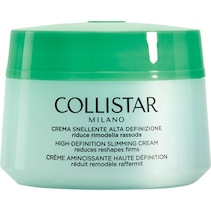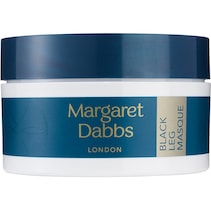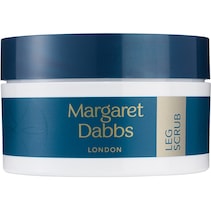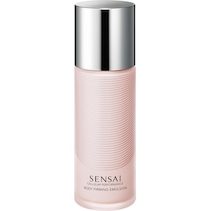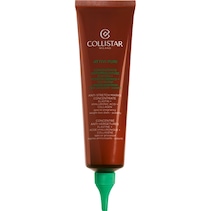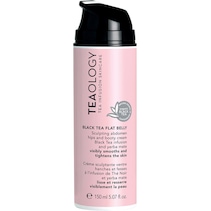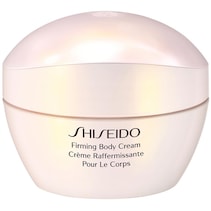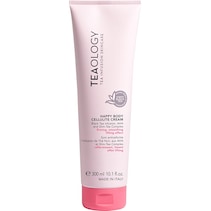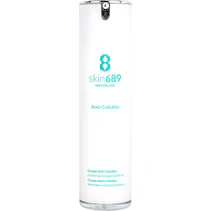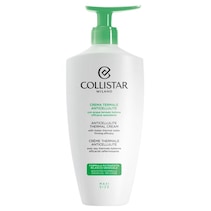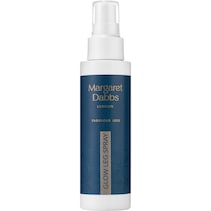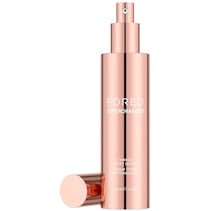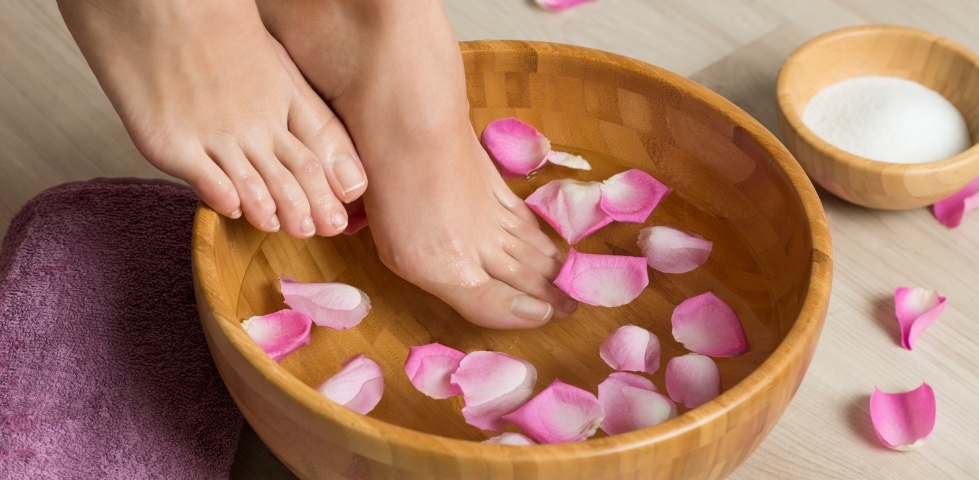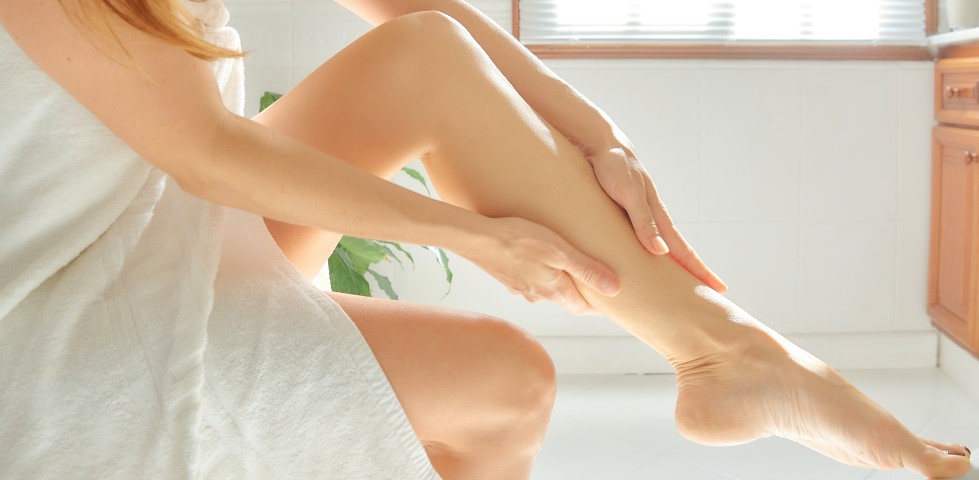
Cellulite Why almost every woman has it and how you can reduce its appearance
Cellulite – which is often compared to the appearance of orange peel – is a widespread phenomenon among women. It manifests as dimples on the legs, and especially on the buttocks, stomach and thighs. Cellulite gives the skin an uneven appearance that many women perceive as an imperfection. They shouldn’t, though, because cellulite is completely normal and not a cosmetic flaw.
07 May 2025
Table of contents
Cellulite in women: causes of dimples on the thighs and buttocks
For many years the retouched images and perfected shots in advertising, film and the media shaped our beauty ideal. They conveyed the impression that cellulite was a rare and even abnormal occurrence – after all, there were hardly any women with visible dimples on billboards or screens. No wonder many women perceived cellulite on their legs as an imperfection. Today, we are better informed and we know that the supposedly flawless skin we were shown was a sham. Cellulite is actually a completely normal condition that affects the vast majority of women, regardless of figure or age. As much as we would have liked to hide our cellulite or get rid of it altogether, for a long time we lacked the knowledge about what it actually is and why it develops.
What is cellulite?
Basically, it’s a completely normal skin condition caused by fat cells pushing against connective tissue. Cellulite, which is said to look like orange peel, often appears in the form of dimples on the legs, buttocks or thighs. Around 80–90% of all women worldwide have it, regardless of age, weight or fitness level. Cellulite is much more common in women than in men. This is partly due to hormonal differences, but also because women have connective tissue arranged in vertical strands, while men’s connective tissue has a criss-cross structure. So cellulite is not a sign of being overweight or lack of skin care. It’s a natural and normal aspect of human biology. The power of advertising over recent decades has ensured that we perceive something entirely normal as a problem. Even today, many people see cellulite as a beauty flaw. Yet there’s no reason why they should because it is harmless to health and not an indication of uncared-for skin or obesity. It’s simply the result of biological processes that are controlled by hormones, genetically determined and influenced by lifestyle. Although medical options exist, we’d like to share some natural skin care methods with you that can improve the appearance of cellulite. Cellulite on the legs and thighs is entirely normal, even though some people perceive it as annoying. However, it should not be confused with the pathological condition affecting fatty tissue known as lipedema, which can be very painful and should always be diagnosed and treated by a professional!
What causes cellulite?
Cellulite occurs when fat cells collect under the skin and press against the surrounding tissue. As the fat cells press against the strands of connective tissue above them, the fibres are pushed to the side. The result? The typical dimples we see in the mirror. If a person has weak connective tissue, it’s easy for the fat cells to press through and create the dimpled appearance. Cellulite is often directly associated with being overweight, and it’s true that the more fat you have the more volume you have pushing outwards. But it’s not that simple: Cellulite is a complex issue influenced by hormones, genetics and lifestyle, which means that even very slim women can have cellulite.
There are many typical causes of cellulite, in addition to genetic disposition. Female hormones such as oestrogen promote fat storage and slow down its breakdown, which is not exactly ideal for cellulite. At the same time, however, they also strengthen the connective tissue. As we age, our oestrogen levels decline, the tissue becomes slack and cellulite becomes more visible.
An unhealthy diet rich in sugar, salt and unsaturated fats can play just as much of a role as a predominantly sedentary lifestyle (especially with office jobs when people tend to sit for long periods of time). Tight clothing can also have a negative effect because it restricts lymph flow. Hormonal fluctuations, for example during puberty, menstruation or menopause can also contribute to cellulite. Stress is another factor that shouldn’t be underestimated for its effect on the body, including the exacerbation of conditions like cellulite.
Cellulite creams & co.
Cellulite creams & co.
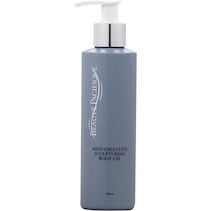
Beauté Pacifique
Body care
Body, hair & sun care
Sculpturing Body Gel

€ 45.95 € 41.36
- € 35.84
- € 32.26
- € 45.95
- € 41.36
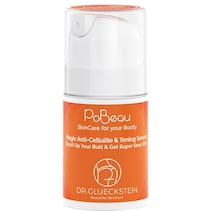
PoBeau
Serums
Body care
Anti Cellulite & Toning Serum

€ 42.95 € 38.66
- € 33.50
- € 30.15
- € 42.95
- € 38.66
Treating cellulite: 5 remedies to try out at home
Even though cellulite on the legs or buttocks cannot be entirely eliminated with skin care products, it is possible to improve its appearance with a few simple tricks – and without the need for surgery or lasering.
1. Dry brushing & massage
Regular brushing or massage promotes blood circulation and firms the tissue. This can be a real game changer, especially if you have cellulite on your legs. Tip: Use a body oil containing caffeine or rosemary extract. Both can stimulate the circulation and provide an extra boost.
2. Creams and oils
Firming body lotions and creams containing retinol, caffeine or peptides can improve the appearance of the skin. They are particularly effective against cellulite on the legs in combination with massage.
3. Sport and exercise
Sport is the true ultimate weapon against cellulite. Why? The cells pushing outwards through the fine strands of connective tissue and causing the typical uneven appearance of the skin are mainly fat cells. As the fat cells shrink in size, the skin automatically appears smoother and firmer.
You don’t even need to do hardcore workouts: even daily walks, cycling or light strength exercises promote blood circulation and strengthen the muscles under the skin – especially on the thighs and buttocks. Endurance training is particularly effective. It’s better to train for 30 to 45 minutes three times a week than to train for several hours on one single day. You can also do targeted exercises to build muscle strength, which makes the connective tissue firmer.
4. Eat a healthy diet and drink plenty of fluids
Lots of vegetables, healthy fats and water have an anti-inflammatory effect and support lymph flow. Reduce your intake of sugar, salt and processed foods. Fast food and sugary sweets should be the exception to the rule. It’s also advisable to drink plenty of water, as this helps flush toxins from the body and clarifies the skin. Reducing alcohol consumption and smoking less – or quitting altogether – also helps improve blood circulation.
5. DIY treatments
Home-made peels with coffee grounds or Chinese cupping can stimulate the blood circulation in the tissue. If you have sensitive skin or visible veins, it’s better to err on the side of caution and use gentler approaches on these areas.
Cellulite is neither a sign of neglect nor an “imperfection” that you need to hide. It’s a natural and normal aspect of female biology. That being said, if the cellulite on your legs really bothers you or affects your self-esteem, there are a few non-surgical options available to improve its appearance. Ultimately, it’s not about achieving perfection, but about feeling good about the way you look and giving your skin that extra bit of care it deserves.
Conclusion
Cellulite is completely normal and affects the majority of women, regardless of body shape or age. It’s caused by a combination of hormones, connective tissue structure, lifestyle and genetics. Instead of seeing it as a flaw, try supporting your body with exercise, a healthy diet and targeted care. At parfumdreams, you’ll find a wide range of creams and products that support the treatment of cellulite. But it’s important to have realistic expectations, as it is generally impossible to completely eliminate cellulite, especially if genetic factors are at play. However, a combination of exercise, a healthy lifestyle and targeted care products can visibly improve the appearance of the skin over time.





